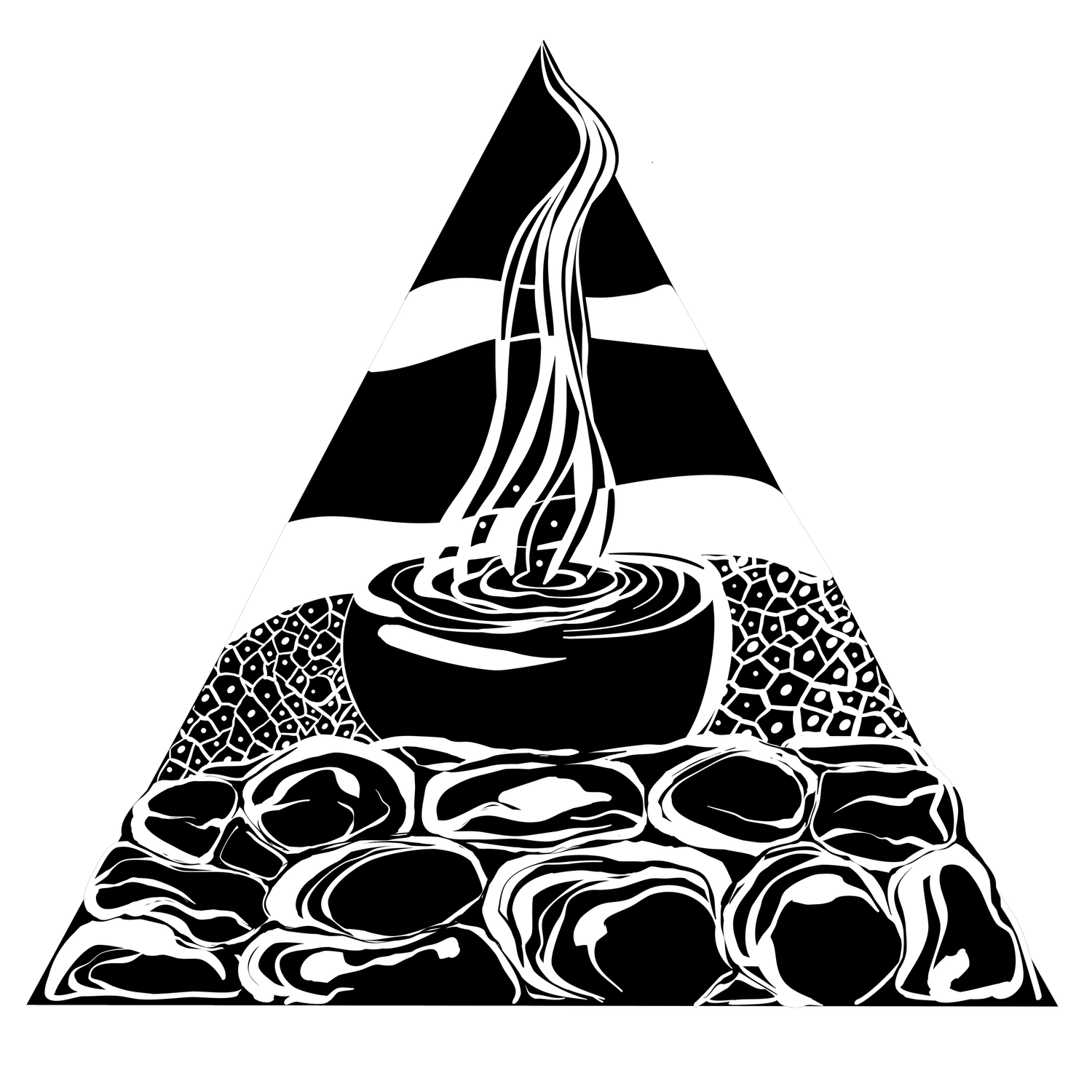Ke ea o ka ʻāina, ke ea o ke kanaka
1. Ke ea o ka ʻāina, he kānaka
2. Ke ea o ka ʻāina, he moʻolelo
3. Ke ea o ka ʻāina, he pule (ʻaha)
4. Ke ea o ke kānaka, he kuleana
Ea defines us in so many ways. In the very pontential to breathe, to create and live life, to rise to the potential of our kūpuna and to define our own collective and individual sovereignty. Ea is always present in each day and in all the many ways we hana to understand our individual identities , to strengthen our ʻohana and to build our lāhui. If ea is encompassed in our very being then each moment, each experience, each decision made is an act of that ea that we can recognize and celebrate.
Ke ea o ka ‘āina, he kānaka. The ea of the land is people.
The ‘āina remembers what we sometimes think we forget. Aloha ‘āina and mālama ‘āina are our kūpuna pathways to forming a reciprocal relationship that allows the space for kānaka to hear the voice of the ‘āina. In her voice we hear which ways the wai and makani flow and we learn what kind of lā’au and hana she needs to thrive. The more we listen and work at our tasks, the more her voice resonates. Across our pae ‘āina there are instances of lā’au, i’a, manu and even mo’o that have returned to places they haven’t been seen in decades. Each act of planting, clearing and restoration has spread ea across our ‘āina creating spaces for all members of our kaiāulu to ho’oulu in their own ea.
Ke ea o ka ‘āina, he mo’olelo. The ea of the land is mo’olelo.
Our mo’olelo are rich in the histories of our akua and kūpuna. On the surface we are reminded of their strength and skills, their trials and triumphs. In their deeper kaona, our kupuna wove their deep understanding of the natural and elemental movements of the ‘āina into the very same mo’olelo. In the mo’olelo of Haumea and Wākea, we are told of the journey of Haumea from her home at Kilohana to He’eia to gather her desired mea ‘ai. Today, it is still possible to follow the route Haumea took on her journey by following the hau flowers when it blooms, the kinolau of Haumea marks her journeyed path.
In the same mo’olelo, Haumea needs to rescue Wākea and on her journey she stops to prepare awa, an ‘aha to assure her success. Not only are her preparations shared as a guide to follow but the oli ʻawa she chants in this mo’olelo is still primarily used today when preparing for ceremony. Our many mo’olelo add their ea to our collective work throughout our ‘āina.
Ke ea o ka ‘āina, he pule. The ea of the land is prayer.
Our kūpuna lived a life of pule. From waking in the morning, to planting, to catching and cooking mea ‘ai, to the bigger endeavors of ceremony, pule was a constant partner in our lives. Pule in this way is different from the western practice of just asking for something that was needed but also included confirmation in conversations with our akua and the elements. Pule creates the space that allows for our akua and kūpuna to directly speak to us and guide us. It allows for those unspeakable places within us and our kāiaulu to be discovered. Ea in these spaces, individually and collectively, have strengthened the kahua of our lāhui many fold over the last few decades and it is so exciting to know that there is only more of our collective pule in our future.
Ke ea o ke kanaka, he kuleana. The ea of people is kuleana.
In so many instances kuleana is defined as responsibility. It is frequently understood as something that is heavy and burdensome, something that is heavy that we have no choice but to carry. Kuleana is always a choice and instead of a burdensome responsibility, I like to think of kuleana as a celebration. A celebration of who I am as an individual and a celebration of all the kūpuna that made my kuleana a possibility. How fortunate am I to share these no’ono’o with you? How absolutely amazing is it that my kupuna thought so well of me that they put me in this place? It does not matter if I am a leader of thousands or if I am making sure that I raise 3 amazing little boys into kane who know who they are in the world and how to treat others. The ea that exist in our choices of kuleana leaves it’s imprint in the next generations to come.
Where is your personal ea? Whether it falls into one of these categories or falls elsewhere, we would love to hear your personal mo’olelo ea. Please share with us.
** This blog post was inspired by a speech given in 1871 by David Kahalemaile on the importance of sovereignty on Lā Ho’iho’i Ea and reprinted in the August 12, 1871 issue of Ka Nupepa Kuokoa.
This blog was also inspired by a response to David Kahalemaile’s speech given as a poem and article by Bryan Kamaoli Kuwada in 2015, shared with him by his kumu, Noelani Goodyear-Ka’opua, entitled “Reflecting on Ea.” Encouraging this author to elaborate as well. Mahalo iā ‘oukou for continuing the conversation.





